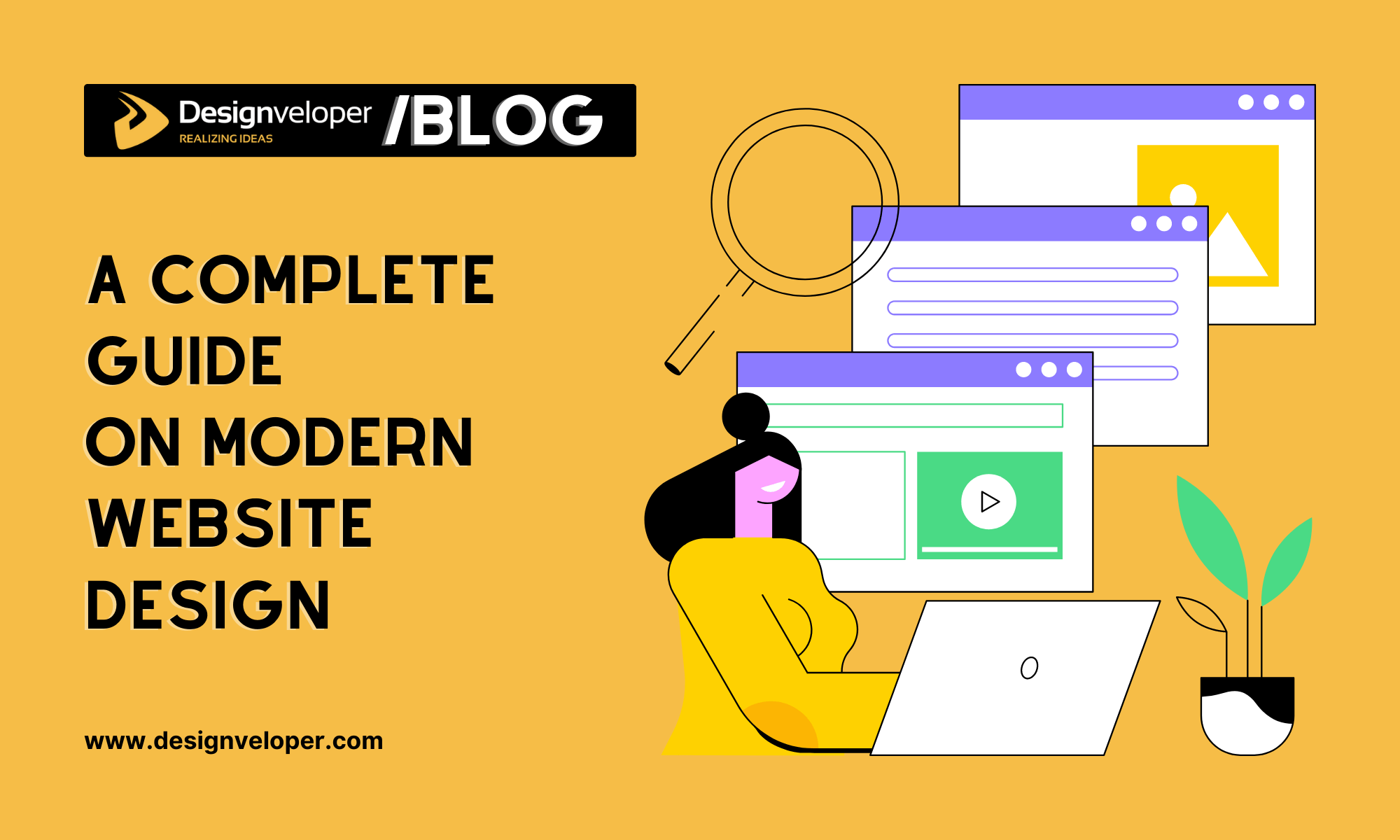Leading Tips for Developing an Impactful Internet Site Layout That Transforms
To attain this, one should think about a variety of aspects, consisting of comprehending the target audience, focusing on customer experience, and optimizing for mobile systems. The critical usage of engaging call-to-actions and a well-defined aesthetic power structure plays an important role in leading users with their trip.

Understand Your Target Market
Recognizing your target audience is essential to efficient website style, as it prepares for developing an interesting customer experience. Recognizing who your individuals are, including their demographics, choices, and behaviors, enables developers to customize the internet site's web content, design, and capability to meet specific needs.
Conducting detailed marketing research is critical in this procedure. Surveys, interviews, and analytics can supply important insights into customer assumptions and discomfort factors. By compiling this information, designers can develop individual characters that stand for different segments of the target market, guaranteeing that layout choices are informed and appropriate.
Additionally, recognizing the target market helps in picking suitable style components such as color pattern, typography, and images that reverberate with customers. An internet site that speaks directly to its target market promotes a sense of link and trust fund, encouraging longer check outs and greater conversion rates.
Eventually, a user-centered approach to internet site layout not only boosts customer fulfillment but additionally sustains organization objectives by driving involvement and commitment. By focusing on the needs and choices of the target market, a web site can properly offer its function and accomplish wanted outcomes.
Prioritize Individual Experience
To boost the overall efficiency of a web site, prioritizing customer experience (UX) is essential (Website Design). A properly designed UX ensures that visitors can browse the website easily, locate details rapidly, and engage with material meaningfully. This leads to enhanced user complete satisfaction and greater conversion rates
Begin by applying user-friendly navigation. Menus ought to be practically structured, allowing users to situate crucial areas of the site with marginal effort. Uniformity in design elements, such as color pattern and typefaces, fosters knowledge, which is important for keeping individual interaction.
Additionally, think about the packing rate of your website. A hold-up of just a couple of secs can cause substantial drop-offs, as individuals are much less most likely to await a slow-loading web page. Simplifying pictures and optimizing code can improve efficiency and keep visitors.
Additionally, quality in material presentation is vital. Usage succinct, engaging language and separate message with visuals to boost readability. By prioritizing individual experience, you not only create a much more satisfying environment for site visitors but likewise enhance your brand's integrity. Eventually, a concentrate on UX is an investment in the long-lasting success of your web site.
Optimize for Mobile Instruments
Enhancing for mobile phones is important in today's electronic landscape, where a raising number of users accessibility internet sites via mobile phones and tablets. A mobile-friendly style not only improves customer experience however also plays a substantial duty in improving online search engine positions. To accomplish this, it is vital to take on a responsive design that automatically changes to numerous screen sizes and positionings.

Loading rate is one more vital element; mobile customers are commonly less individual and expect fast accessibility to details. By focusing on mobile optimization, you ensure that your web site remains competitive and successfully engages a broader audience.
Use Compelling Call-to-Actions
A site's effectiveness usually depends upon its ability to assist site visitors towards desired actions, making compelling call-to-actions (CTAs) crucial elements of design. CTAs function as the pivotal points that direct customers to involve with the site, whether that means making an acquisition, authorizing up for a newsletter, or downloading and install a resource.
To develop efficient CTAs, clarity is paramount. Usage succinct language that clearly interacts the action go to this web-site you want the individual to take. Expressions such as "Start," "Authorize Up Free," or "Store Now" not just share urgency yet likewise eliminate ambiguity. The positioning of CTAs is just as important; they must be tactically placed throughout the page to guarantee they are conveniently noticeable, specifically in high-traffic locations.
Furthermore, the layout of CTAs need to stick out without being interfering. Utilize contrasting shades and clear fonts to ensure they catch focus. Additionally, take into consideration making use of directional cues, such as arrowheads or photos, to lead individuals towards these buttons. By concentrating on these components, services can dramatically enhance customer interaction, driving conversions and inevitably accomplishing their web site's objectives.
Concentrate On Visual Pecking Order
Efficient Check Out Your URL web site layout depends greatly on a well-structured visual power structure that guides users through web content effortlessly. By arranging elements in a fashion that focuses on information, developers can improve individual experience and promote decision-making. This includes utilizing size, shade, comparison, and spacing purposefully to accentuate the most vital elements of a website.
The use of bigger font styles for headings and subheadings develops a clear distinction between various sections, allowing users to scan material easily. Additionally, using different colors for switches and calls-to-action can catch individual interest and encourage communication. Whitespace is one more necessary component; it prevents clutter and enables users to concentrate on essential messages without distractions.
Photos and graphics must enhance the text while likewise sticking to the recognized pecking order, reinforcing the total message (Website Design). Consistency in layout aspects, such as color design and typography, additional reinforces the aesthetic power structure, making navigating instinctive

Verdict
In final thought, effective website style requires a detailed understanding of the target audience, prioritization of user experience, and mobile optimization. The strategic use of compelling call-to-actions and a well-defined aesthetic pecking order better improves individual engagement. By implementing these principles, sites can attain higher conversion rates, ensuring that style aspects not just draw in site visitors however additionally facilitate seamless navigation and interaction. Ultimately, a well-executed website style offers as a vital part in driving user actions and achieving service goals.